Finances
Building an Emergency Fund: A Guide to Financial Security
Discover the importance of creating an emergency fund, understanding its types, and determining the optimal savings for financial security.
Advertisement
Building an emergency fund is an essential step in achieving financial stability and security
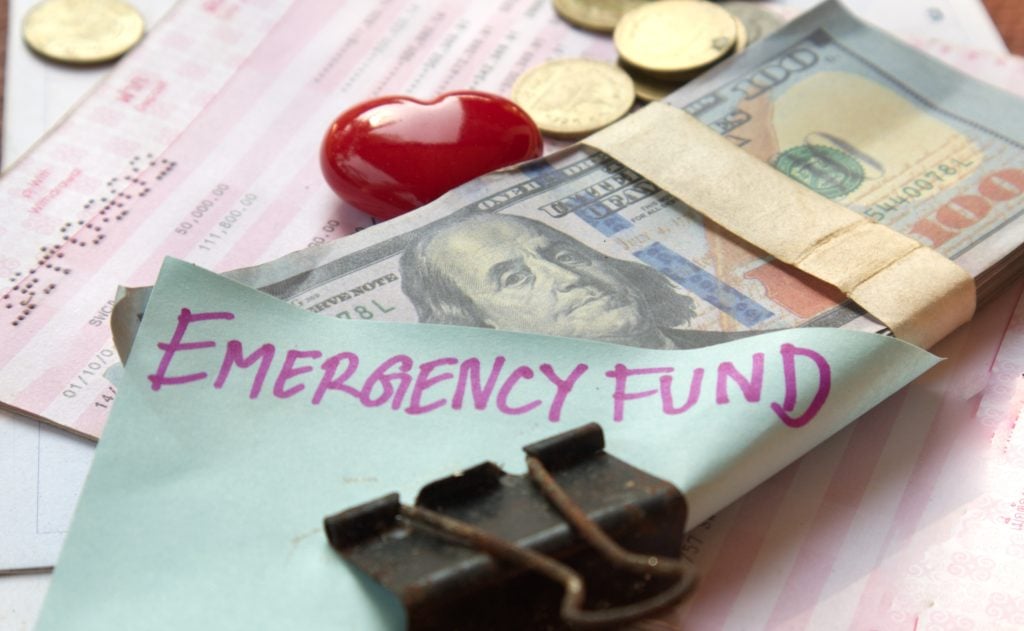
Establishing a financial safety net stands as a crucial stride toward attaining stability and assurance in one’s fiscal affairs. This contingency fund serves as a dedicated reservoir for unforeseen expenditures, encompassing scenarios like medical emergencies, vehicle repairs, or household upkeep.
Cultivating an emergency fund not only imparts a sense of tranquility but also acts as a bulwark against financial strain in the face of challenging circumstances. It requires discipline and commitment, but the benefits are well worth the effort.
Financial experts advise accumulating a reserve equivalent to three to six months’ worth of living expenses in your emergency fund. This may seem like a daunting task, but it is achievable with proper planning and budgeting.
Within the confines of this piece, we shall delve into the significance of establishing an emergency fund, delve into saving methodologies, and furnish guidance on maintaining a steadfast course.
You will be redirected to another website
You’ll receive messages for less than 1 week, with a maximum of 1 message per day. You can unsubscribe anytime by replying STOP. By submitting this form, I confirm that I am 18+ years old and agree to the Privacy Policy and Terms and Conditions. I also provide my signature, giving express consent to receive informational messages via automated emails, SMS, MMS text messages, and other forms of communication. Message frequency may vary as part of our good-faith effort to respond to your inquiry. Message and data rates may apply. Text STOP to cancel. I understand that my consent to receive communications is not a condition of purchase and that I may revoke my consent at any time.
Everything you need to know about emergency funds
Presently, let’s grasp the rationales behind saving for an emergency fund, discern the various categories, and ascertain the optimal amount to set aside. Stay tuned for more insights!
Purpose of an Emergency Fund
A financial safety net, the emergency fund proves instrumental in assisting individuals and families in navigating unforeseen expenses.
Its primary function lies in offering a buffer for unexpected events like job loss, medical emergencies, or sudden car repairs.
Maintaining an emergency fund becomes crucial to sidestep the pitfalls of accumulating debt or resorting to credit cards and loans when confronted with a financial crisis.
How Much to Save
The ideal amount to stow away in an emergency fund hinges on individual circumstances. Wisdom from financial experts suggests setting aside a minimum of three to six months’ worth of living expenses in this financial safety buffer.
This amount should be enough to cover basic living expenses such as rent/mortgage, utilities, groceries, and transportation.
Types of Emergency Funds
Two primary categories of emergency funds exist: liquid emergency funds and investment emergency funds.
Liquid emergency funds encompass savings accounts or money market accounts, readily accessible for swift utilization in case of an emergency.
Investment emergency funds are invested in low-risk investments such as bonds or CDs, and can take longer to access but may earn a higher return.
It is important to choose the type of emergency fund that best suits your needs and financial goals. A financial advisor can help determine the best type of emergency fund for your individual circumstances.
Learn how to build your emergency fund
Planning your emergency fund can seem daunting, but creating a plan of action will make it easier and more efficient. Check out the steps to build it below.
Assessing Your Financial Situation
Prior to embarking on the construction of an emergency fund, a critical step involves evaluating your financial standing. This entails a comprehensive examination of your existing income, expenditures, and outstanding debts.
Through a clear comprehension of your financial situation, you can ascertain a realistic monthly savings goal for your emergency fund.
Crafting a budget proves to be an effective method in this assessment process, enabling you to pinpoint areas where expenses can be trimmed and savings augmented.
By having a clear understanding of your income and expenses, you can set realistic goals for building your emergency fund.
Setting Savings Goals
After evaluating your financial landscape, the next step is to establish savings goals for your emergency fund. A prudent recommendation is to aim for a reserve equivalent to three to six months’ worth of living expenses.
This strategic approach ensures a robust safety net for unforeseen expenditures or income loss.
When delineating savings goals, factor in your monthly expenses and determine a realistic amount that can be consistently saved each month. This thoughtful consideration aligns your goals with your financial capacity.
You may also want to consider any upcoming expenses or life events that may require additional savings.
Creating a Savings Plan
Constructing your emergency fund necessitates the formulation of a well-defined savings plan, serving as a roadmap to stay on course and attain your financial objectives.
Implementing automatic transfers from your checking account to your emergency fund is an effective strategy within your savings plan.
Additionally, pruning unnecessary expenses — such as dining out less, discontinuing subscriptions or memberships, and exploring cost-saving measures for utilities and bills —contributes to fund growth.
By meticulously evaluating your financial status, establishing savings goals, and executing a tailored savings plan, you can cultivate an emergency fund that not only fortifies your financial security but also bestows a sense of tranquility.
Maintaining Your Fund
Now that you’ve acquired insights into constructing your emergency fund, the subsequent phase involves mastering the art of maintaining it. Let’s delve into it!
Consistent Contributions
After laying the groundwork for your emergency fund, sustaining its efficacy entails making regular contributions. This practice guarantees that the fund retains an adequate level to address unforeseen expenses.
The contribution amount should align with your income and expenses, with a general guideline being three to six months’ worth of living expenses.
Streamlining this process can be achieved by opting for automatic contributions directly from your paycheck or bank account, simplifying the upkeep of your financial safety net.
This approach guarantees a continuous influx into your emergency fund, eliminating the need for manual oversight and ensuring consistent growth.
Review and Adjust
Regularly assessing your emergency fund is crucial to confirm its ongoing relevance to your needs. Life circumstances are dynamic, and an amount that was once adequate may no longer suffice.
A recommended practice is to review your emergency fund at least annually or whenever there is a notable shift in your income or expenses.
This proactive approach ensures that your financial safety net adapts to the evolving landscape of your financial situation. If you find that your emergency fund is no longer adequate, adjust your contributions accordingly.
In addition, consider adjusting your emergency fund if you experience a significant life change, such as a job loss or a major medical expense.
Such circumstances may necessitate tapping into your emergency fund, underscoring the importance of promptly replenishing it once the situation stabilizes.
By maintaining your emergency fund through regular contributions and periodic reviews, you can ensure that you are prepared for unexpected expenses and have peace of mind knowing that you are financially secure.
Occasions when you can use your emergency fund
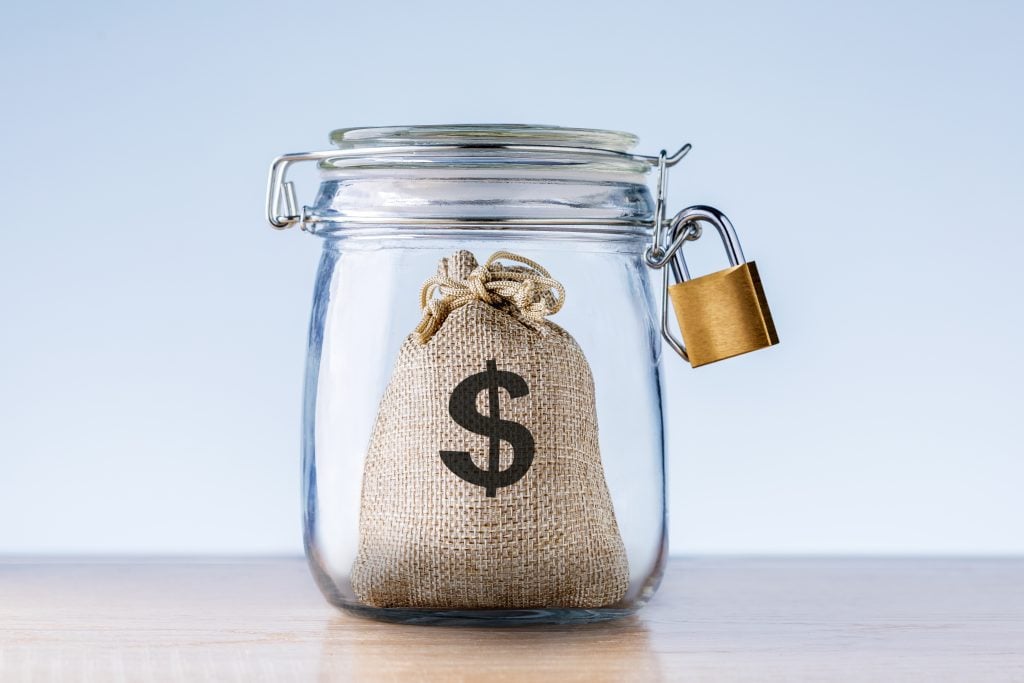
Well, how do you know if it’s the right time to use a portion of your emergency fund? And what should you do next? You’ll find the answers in the topics below, so stay tuned.
Appropriate Uses
When an emergency arises, it may be tempting to dip into your emergency fund for any expense that comes your way.
Nevertheless, it’s crucial to bear in mind that an emergency fund should exclusively serve for genuine emergencies.
These could encompass unforeseen medical bills, sudden car repairs, or unexpected job loss. Utilizing your emergency fund for non-emergency expenditures has the potential to swiftly diminish your savings, leaving you exposed in the event of a genuine emergency.
Replenishing After Use
After tapping into your emergency fund, swift replenishment is paramount to fortify your preparedness for potential future emergencies.
To restore your emergency fund, contemplate trimming unnecessary expenses or exploring avenues to augment your income.
A prudent target is to consistently maintain a reserve equivalent to three to six months’ worth of living expenses in your emergency fund, ensuring a robust financial safety net at all times.
This may seem like a daunting task, but by regularly contributing to your emergency fund and using it only for true emergencies, you can achieve this goal over time.
Remember, having an emergency fund can provide peace of mind and financial security in times of unexpected hardship.
By using it appropriately and replenishing it after use, you can ensure that you are prepared for whatever life throws your way.
Trending Topics
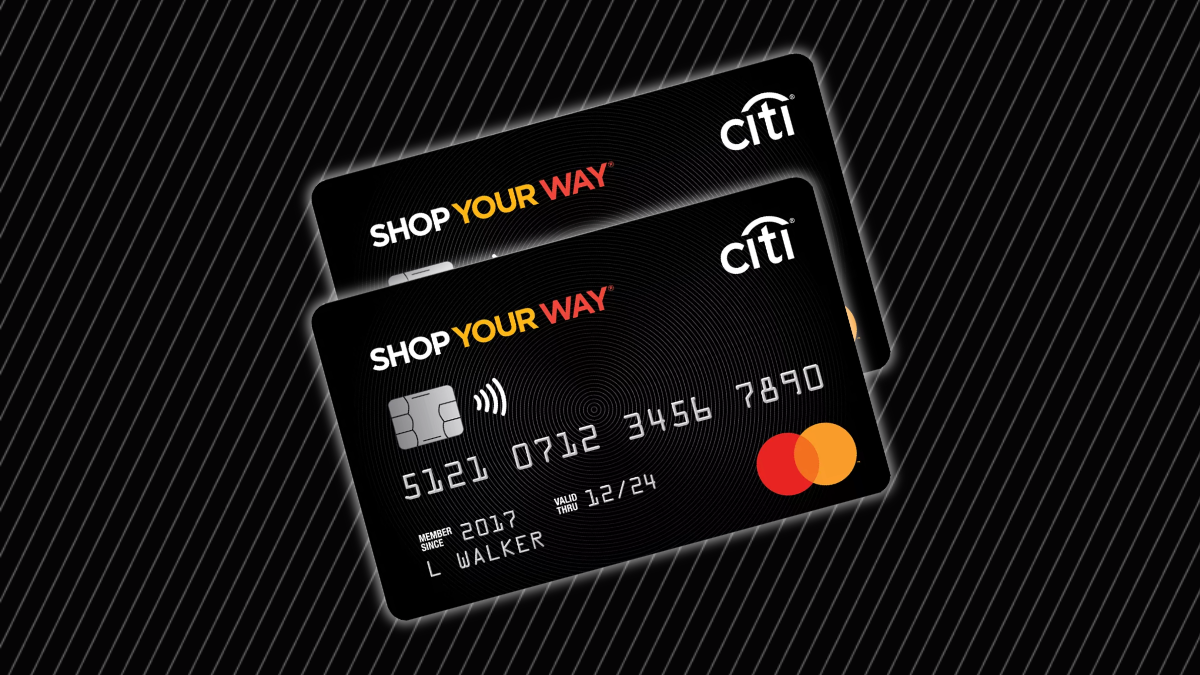
Shop Your Way Mastercard® Review: Easy Point Earnings
Discover in our Shop Your Way Mastercard® review how to earn big on gas and groceries while enjoying extended warranty perks on purchases.
Keep Reading
Apply for First Digital Mastercard®: Earn cash back
If you want to apply for the First Digital Mastercard®, know that the process is virtual, no need to go to the bank to get your card!
Keep Reading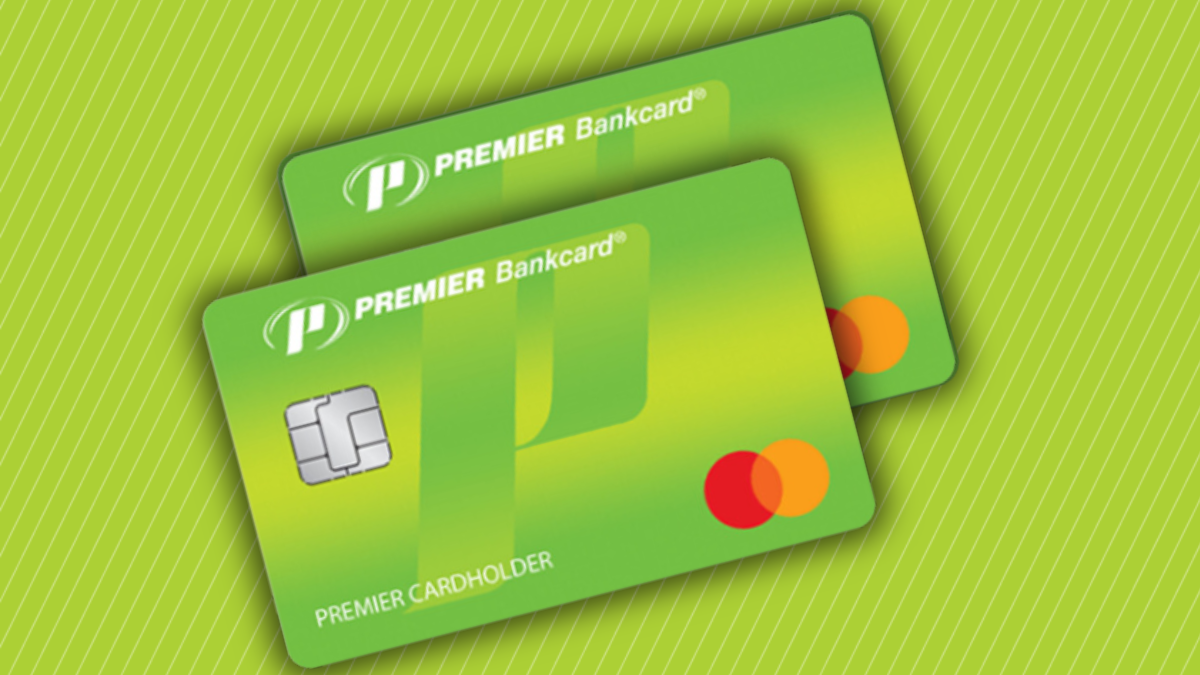
PREMIER Bankcard® Secured Credit Card Review: Enhance Your Credit!
With the PREMIER Bankcard® Secured Credit Card review, you'll learn how to build credit by having your history reported to major bureaus!
Keep ReadingYou may also like
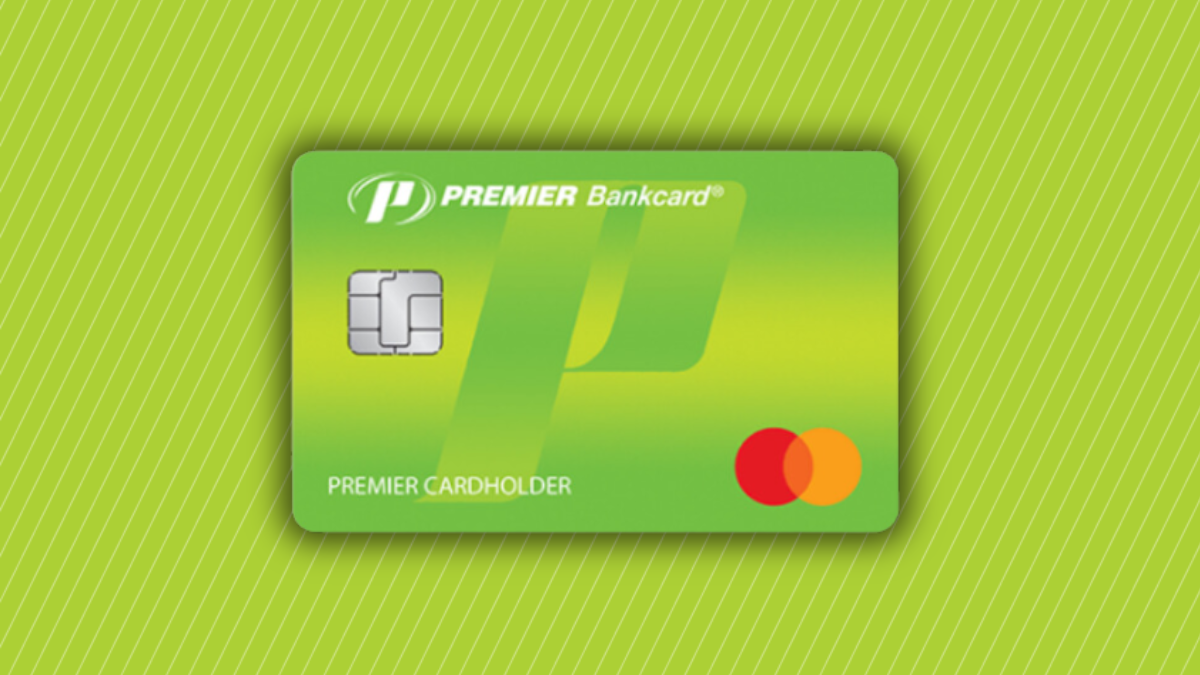
Apply for PREMIER Bankcard® Secured Credit Card: Quick process!
If you want to apply for PREMIER Bankcard® Secured Credit Card, you must know you can apply in just a few minutes at the official website.
Keep Reading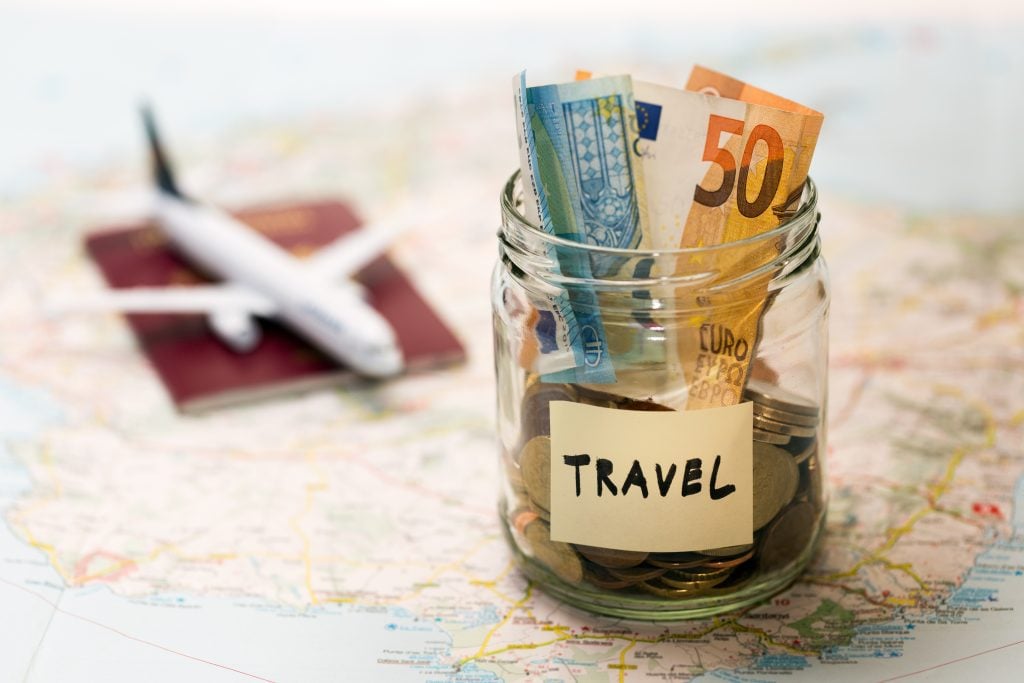
Travel on a Budget: Tips for Affordable Adventures
Conquer amazing destinations without breaking the bank. Essential tips for travel on a budget, from transportation to food.
Keep Reading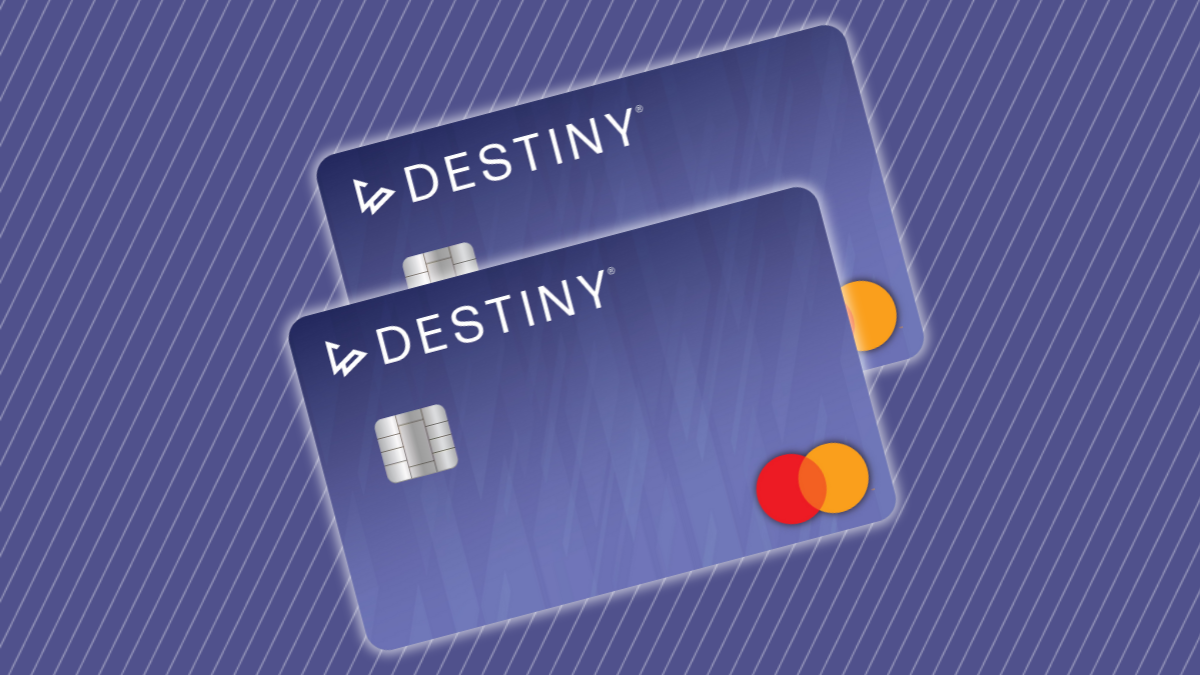
Destiny Mastercard® Review: Designed to help you move forward
The Destiny Mastercard® is an unsecured credit card designed for those seeking to rebuild their credit scores.
Keep Reading